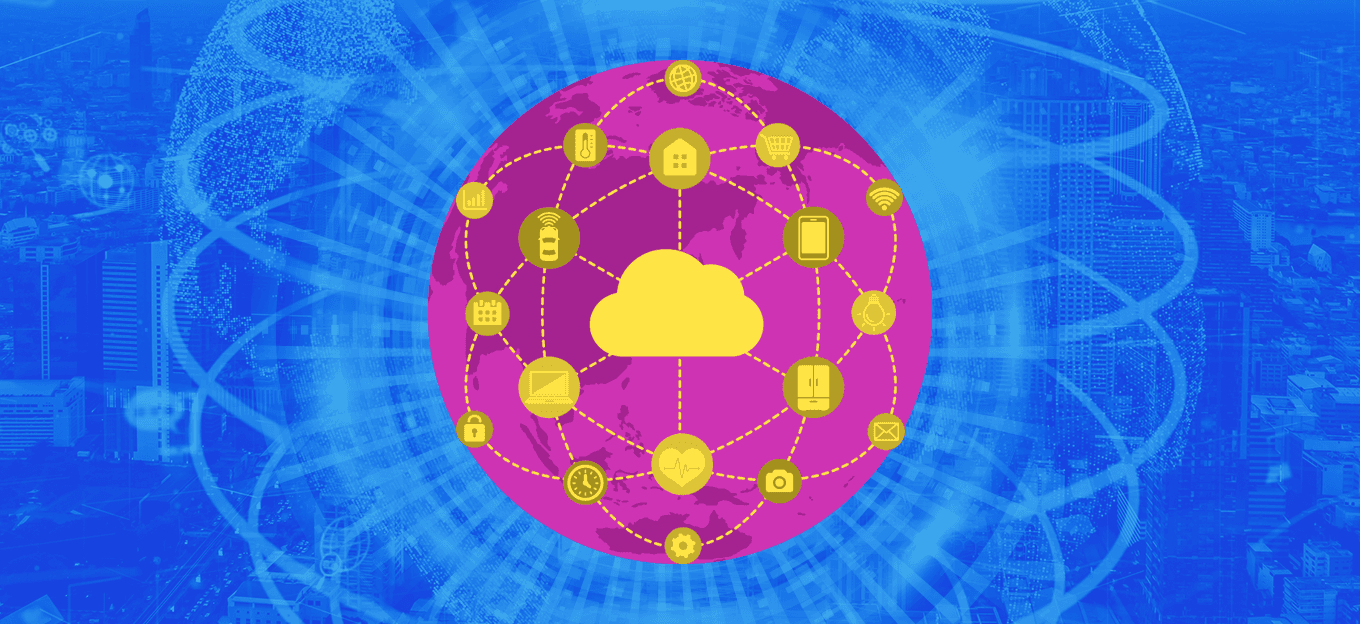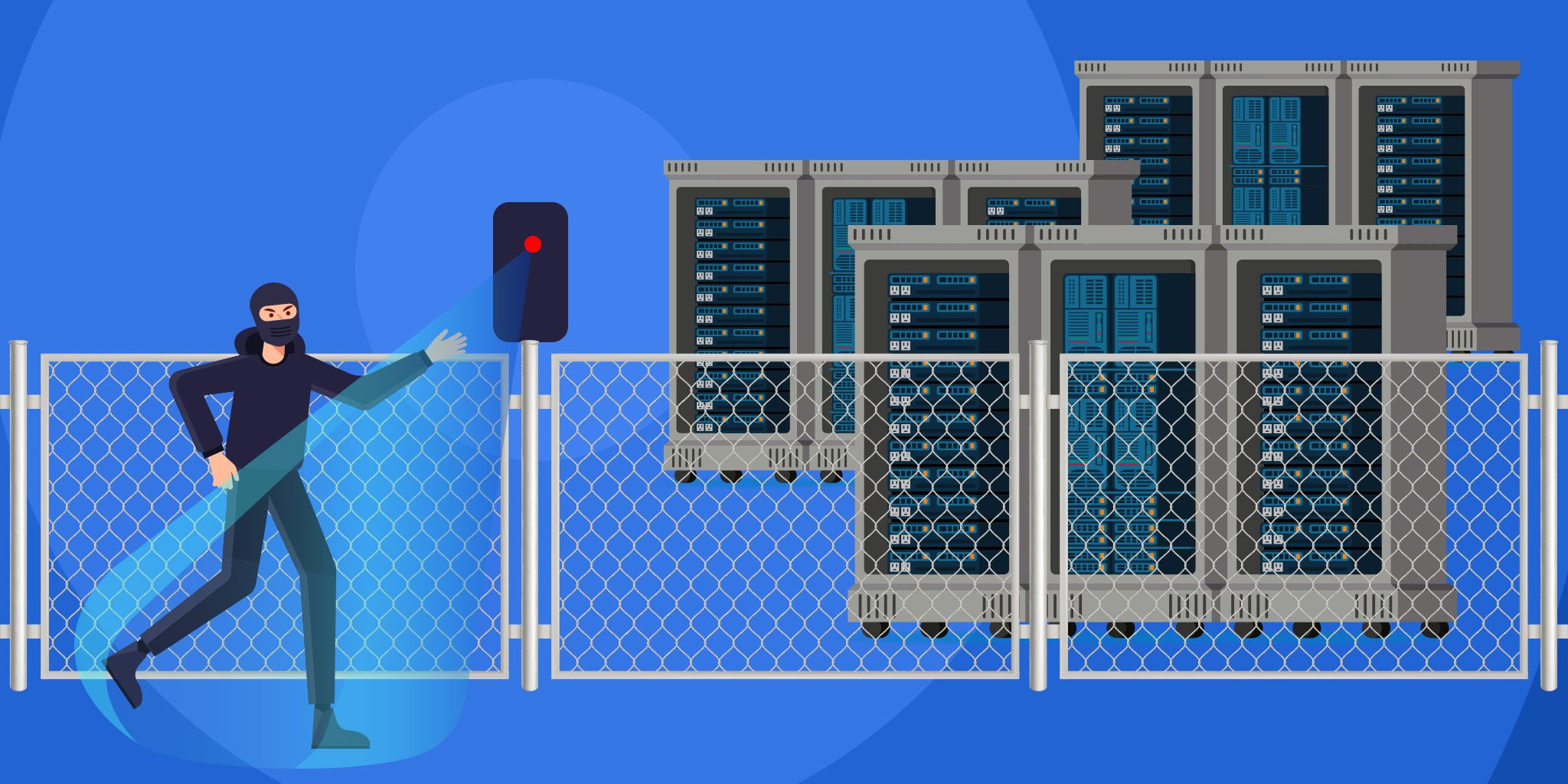Why Now is the Time to Harden Your IoT Network Security
Why Now is the Time to Harden Your IoT Network Security
- Last Updated: December 2, 2024
Vodafone Business
- Last Updated: December 2, 2024



Until a few years ago, organizations lacked real-time data insights about the status of their people, places, and processes. Now this information, if not indispensable, is increasingly desirable to well-managed organizations. With IoT deployment topping 300 billion units worldwide, organizations have gained an effective and productive way to manage areas such as energy, logistics, physical security, health, and the environment.
These changes became possible with the mass deployment of communicating sensors, which enable organizations to predict and quicken responses to issues impacting food and pharmaceutical safety, supply chain efficiency, environmental and climate hazards, and property protection.
Connectivity breakthroughs, including narrow-band IoT (NB-IoT) and low-power wide area networks (LP-WAN), coupled with messaging protocols like lightweight M2M (LWM2M), have slashed the costs of transmitting data and offered low-cost hardware options while extending the life of batteries and other components.
Since the term “Internet of Things” was coined by Kevin Ashton back in 1999, enterprises have learned that, while inexpensive, low-power sensors are essential building blocks, and the network that safely transports the data is the most under-appreciated aspect of a successful deployment. In 2023, we expect to see deeper investments by carriers and enterprise customers in security prevention — a set of make-or-break actions that help enterprises avoid unwelcome headlines.
"In 2023, we expect to see deeper investments by carriers and enterprise customers in security prevention — a set of make-or-break actions that help enterprises avoid unwelcome headlines."
-Vodafone
Secure By Design
A well-planned IoT security strategy enables organizations to prepare for and manage both known and unknown threats. Today security professionals express growing interest in a Zero Trust strategy known as Secure Access Service Edge (SASE), which provides secure cloud-based access to systems from anywhere. Gartner projects that by 2024, at least 40 percent of organizations will have an official SASE adoption strategy.
SASE principles inform a “secure by design” network framework, heightening security prevention and reducing the risk of data loss. In practice, a core network should include high-resilience web application firewall (WAF) solutions such as GTP Firewalls to ensure that all traffic comes from verified sources.
Secure by design also includes active and intelligent monitoring. Typically, a Security Operations Center (SOC) team will proactively monitor and scan IoT networks in real-time to quell operational threats. A strong security prevention program also includes an Information Security Management System (ISMS), a programmatic way of establishing a cybersecurity baseline and physical controls to protect operational information. For example, many firms deploy end-to-end identity management capabilities such as multi-factor authentication with renewable credentials to manage user access.
Hardening IoT Devices
Hardening IoT devices requires a series of steps and investments that can significantly improve data transmission and security. First, IoT analytics are increasingly deployed to preemptively identify issues picked up by IoT sensors in the field. Machine Learning yields insights about the device's behavior and health and enables operational teams to discover potential anomalies and improve their real-time decision-making.
Second, authentication methods such as SIM Trust, or Digital Asset Broker (DAB), enable firms to implement a Zero Trust approach to IoT device management. For example, with DAB, an IoT device is assigned a unique digital identity to communicate and transact securely with other devices. This technique can apply to wallet and payment technology secured by the mobile SIM. These methods form a root of trust for even the smallest, lightweight IoT devices.
Third, integrated SIM, better known as iSIM, simplifies deployment and reduces the cost of connecting devices in the field. Until recently, an iSIM deployment included a baseband radio and a processor with a SIM to authenticate to a secured network. Today, a system on a chip, called a SOC, performs all of these functions in a deployment-friendly package. In fact, iSIMs can be deployed on smart labels for tracking valuable shipments.
Fourth, Over-the-air (OTA) hardening is an efficient, wireless way to distribute an application, configuration, or firmware update to IoT devices. Firms that update IoT devices with USB sticks know that this process won’t scale. Given the explosive growth of IoT, manual updates and patches must be automated whenever possible.
Next Steps
In an age of explosive growth in IoT, AI, and automation technologies, network security practices must scale to meet complex and evolving challenges. Zero Trust risk mitigation policies dictate that every IoT device must be authenticated, no matter where it is located—or where it is going. Firms know that while there are endless ways to deploy IoT devices, an improperly secured IoT deployment is a surefire way to undermine all promising business benefits.
Establishing a secure-by-design IoT network requires firms to deepen their commitment to security prevention, adopt robust security principles and standards, and bake privacy controls into the network's inception and design. Companies can confidently make these investments knowing that a secure-by-design IoT network can sustain key business processes and deliver exceptional business outcomes.
The Most Comprehensive IoT Newsletter for Enterprises
Showcasing the highest-quality content, resources, news, and insights from the world of the Internet of Things. Subscribe to remain informed and up-to-date.
New Podcast Episode

Moving Past the Pilot Phase in IoT and AI
Related Articles





